Katie Moylan - The Cultural Work of Community Radio
Here you can read online Katie Moylan - The Cultural Work of Community Radio full text of the book (entire story) in english for free. Download pdf and epub, get meaning, cover and reviews about this ebook. year: 2019, publisher: Rowman & Littlefield, genre: Romance novel. Description of the work, (preface) as well as reviews are available. Best literature library LitArk.com created for fans of good reading and offers a wide selection of genres:
Romance novel
Science fiction
Adventure
Detective
Science
History
Home and family
Prose
Art
Politics
Computer
Non-fiction
Religion
Business
Children
Humor
Choose a favorite category and find really read worthwhile books. Enjoy immersion in the world of imagination, feel the emotions of the characters or learn something new for yourself, make an fascinating discovery.

- Book:The Cultural Work of Community Radio
- Author:
- Publisher:Rowman & Littlefield
- Genre:
- Year:2019
- Rating:5 / 5
- Favourites:Add to favourites
- Your mark:
The Cultural Work of Community Radio: summary, description and annotation
We offer to read an annotation, description, summary or preface (depends on what the author of the book "The Cultural Work of Community Radio" wrote himself). If you haven't found the necessary information about the book — write in the comments, we will try to find it.
The Cultural Work of Community Radio investigates the multiple modes of community and broadcasting practice at selected community stations, explores how these draw from and reflect ongoing concerns of their host city or region, and examines how on the ground practice maps on to overarching broadcast policy directives and guidelines. Focusing on community production practices with reference to policy frameworks around community representation, this book examines and compares differences in community radio production practices in Miami, Montreal, New Orleans, Toronto and tribal lands in Arizona.
Katie Moylan: author's other books
Who wrote The Cultural Work of Community Radio? Find out the surname, the name of the author of the book and a list of all author's works by series.

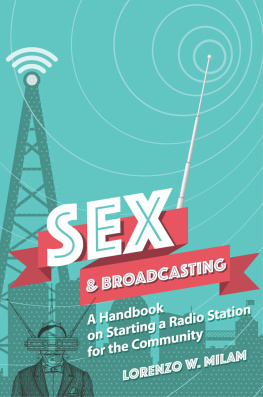
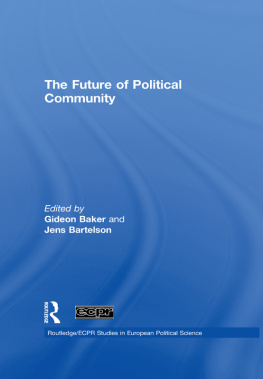
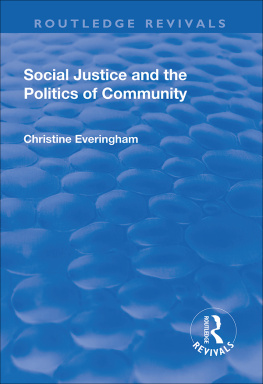
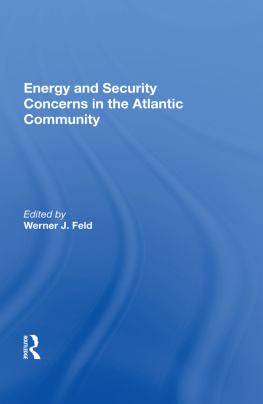
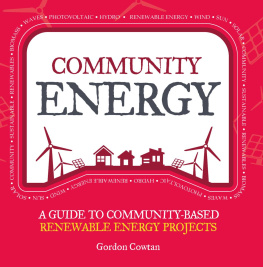



 The paper used in this publication meets the minimum requirements of American National Standard for Information SciencesPermanence of Paper for Printed Library Materials, ANSI/NISO Z39.48-1992.
The paper used in this publication meets the minimum requirements of American National Standard for Information SciencesPermanence of Paper for Printed Library Materials, ANSI/NISO Z39.48-1992.